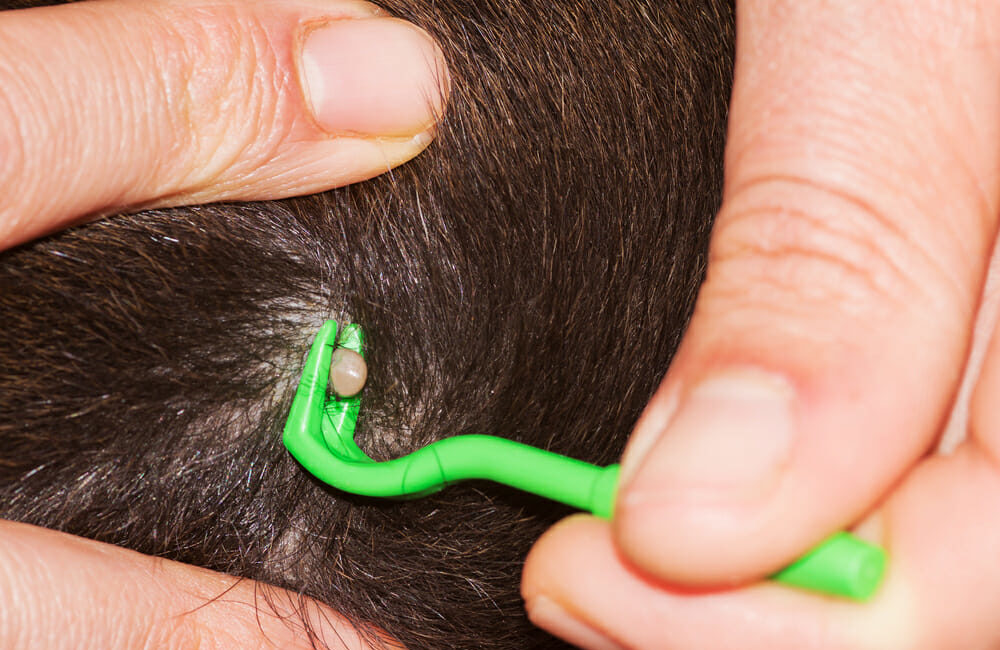Ticks are an epidemic in Nova Scotia, Canada. The numbers are on the rise, making the risk of tick bites an unfortunate part of spending time outdoors.
Ticks are small, but they can carry very serious diseases, such as Lyme Disease that can be passed from the tick to both you and your pet if bitten. These diseases can be transmitted within approximately 48 hours of the tick being attached.
Because of this, you must remove ticks as quickly as possible if you notice one on your pet.
Before removing a tick from your pet, you will need a few supplies:
- Rubber gloves
- A tick twister
- Rubbing alcohol
- A secure container with a lid
- Treats for your pet
Once you have these items, you can then proceed to remove the tick with the following instructions:
STEP 1: Protect yourself
The biggest issue with ticks is that they can transmit serious diseases and due to this, you’ll want to make sure to wear rubber gloves.
STEP 2: Keep your pet calm
Some pets may become anxious when you’re trying to remove ticks. A great way to keep them calm and allow you to remove it properly is to give them lots of pets and offer their favourite treats. Having a second person available to help hold your pet can also be helpful.
STEP 3: Use a tick twister
Using your tick twister, grab hold of the tick as close to your pet’s skin as possible. Once you have the tick secured in the twister, twist and pull straight up.
During the removal, it’s important that you don’t squish the tick, as you want to avoid any bodily fluids from getting on you or your pets.
STEP 4: Examine the tick
Once the tick is removed, give it a close look to ensure that the entire parasite has been removed, in particular, the head and mouth. If it has not been removed or you’re not positive, take your pet to the vet so they can remove the remaining material.
STEP 5: Safely dispose of the tick.
If you are able to remove the tick in one piece, there is a good chance it will still be alive. To dispose of it, flush the tick down the toilet, drown in rubbing alcohol or freeze in a plastic sealed bag prior to putting in the garbage.
It’s important to keep an eye on your pet for any symptoms that could be associated with tick-borne illnesses and contact your veterinarian immediately if they begin to become ill.
We recommend testing for some of these tick-borne illnesses six weeks after tick removal via a SNAP test that is run in the house. Along with the test, we always recommend your pet be on a parasite prevent product that covers ticks to ensure their risk is lowered.
It’s important to remember that when it comes to tick removal time is of the essence, so it’s always a good idea to give your pet a once over every time it comes inside.
If you have any questions, give us a call at 902-445-VETS.
Written by: Sabrina Eusebio, Registered Veterinary Technician



